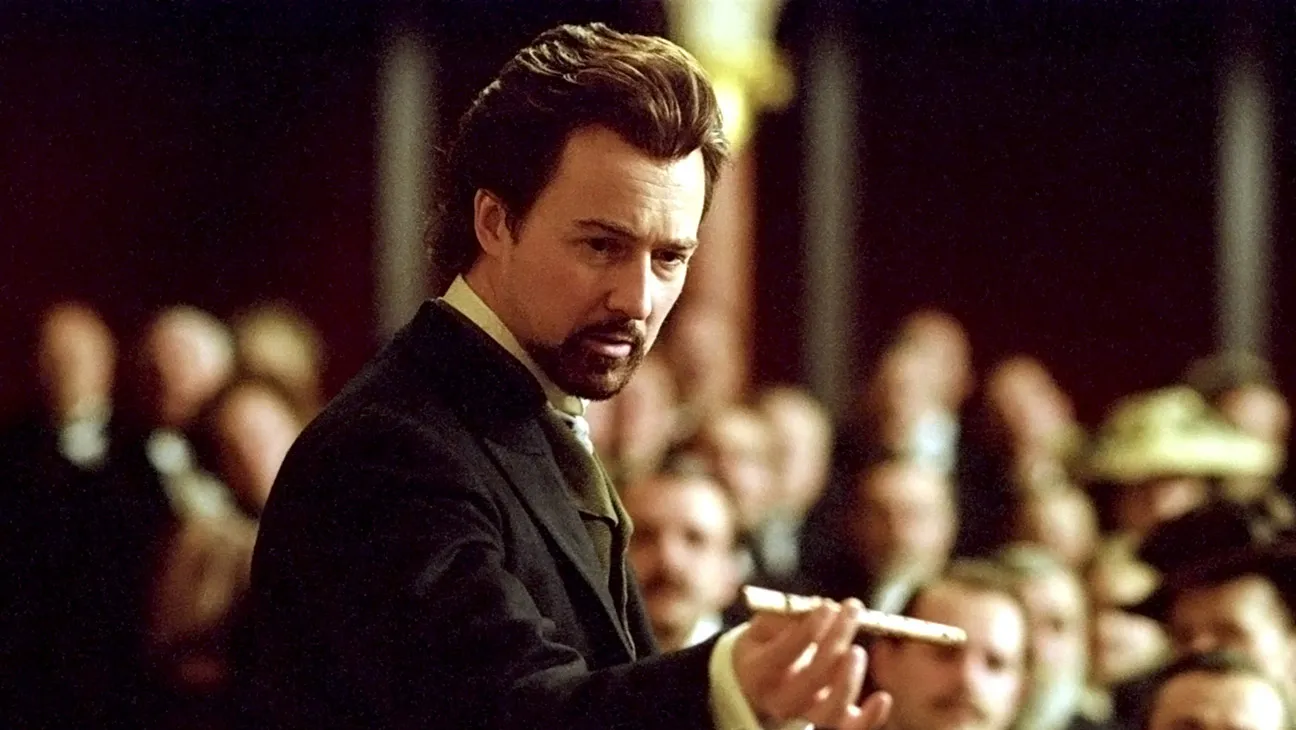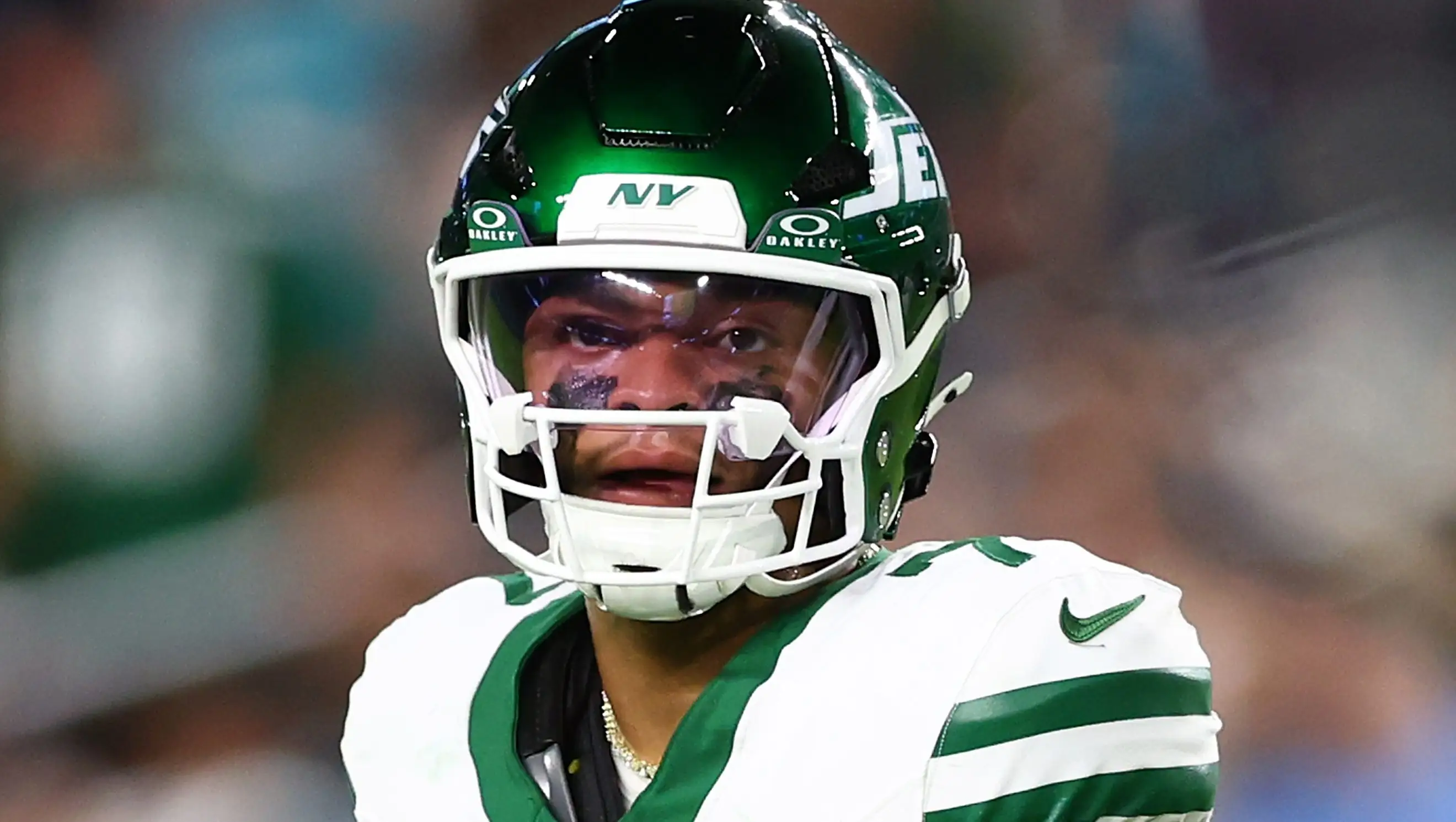
If sharing is caring, then the U.S. cares like a lot a lot — well, at least when it comes to streaming titles. (And maybe not so much about, like, each other.)
The newest study from data firm Ampere Analysis has found that U.S. streamers are sharing content at a rate three times more than the UK, where Ampere operates from. In July 2025, 39 percent of all TV seasons and movies (67,000 out of 172,000) on U.S. streaming platforms appeared on two or more streaming services. In the UK, just 13 percent of all streaming titles were shared. In France, the overlap is just eight percent.
And here, titles simultaneously available on at least three different video-on-demand platforms more than doubled (on a percentage basis), from nine percent in 2020 to 21 percent this year.
The discrepancies are more about differences in the maturity of markets than in culture. Maxed out and facing consolidation, U.S. platforms are scrambling to beef up their libraries, lower churn and achieve higher profits (or for some still, just to turn a profit).
Selling subscriptions is not enough in the tougher economics of present-day streaming. Licensing has emerged as a means to bring in easy money.
“Platforms understand that new originals and flagship franchises drive subscriber retention, while the longer tail is less central — freeing it to be licensed elsewhere for extra revenue,” Rahul Patel, principal analyst at Ampere Analysis, said.
Much of the shared content is filler, though U.S. streamers are willing to play nice with some “higher-value content,” Patel said.
Europe will get there — probably, eventually.
“Co-exclusive deals for premium titles — such as recent deals between Netflix and HBO, and Disney and AMC — show that higher-value content is also shared,” Patel said. “Europe hasn’t achieved the same level yet, but new broadcaster–streamer pacts — for example, ZDF and Atresmedia with Disney+, Netflix with TF1, and Amazon with France Télévisions — point to similar dynamics emerging.”
Consumption of older, lower-value library content is a lean-back experience. It’s easy to license, and even easier to program ads into — two revenue streams that often inform one another. Amazon Prime Video has dove headfirst into both.
In January 2024, Prime Video automatically switched its users to its new ad-supported tier (subscribers could opt out of that and opt to pay more to remain ad-free). Shortly after, Amazon decided to shut down its separate, fully ad-supported streaming platform Freevee; Prime Video absorbed much of Freevee’s content. Prior to that, 41 percent of Prime Video’s titles were exclusive — after, it was just 24 percent.
The mass-absorption of content watered down Prime Video’s overall pool of exclusivity as much of Freevee’s library was older content, which is the easiest to share. Titles released between 2010 and 2019 make up 43 percent of shared content, Ampere found; those released between 2020 and 2025 account for 28 percent. Crime and thriller programming and horror content over-index for sharing, the research found.
This stat involving Prime Video may be the most eye-popping of them all: In August 2020, the month after Peacock launched nationally (Comcast cable users got early access), 14 percent of Peacock’s library was also on Amazon Prime Video. It is now 35 percent.
Yes, more than one third of Peacock’s overall library is also available on Prime Video.
A spokesperson for Peacock did not immediately respond to The Hollywood Reporter’s request for comment on that statistic.
The cheaper and more-ad-supported one goes, the more content it shares. When you make all of your money from commercials, the KPI is engagement, and engagement requires scale. Fox’s Tubi, a combination FAST/AVOD platform, for example, shares 23,600 of its many titles with The Roku Channel, which is also a hybrid streamer. Tubi and Plex — another service of the same ilk(s) — share 21,700 titles.
In July 2025, Canadian TV show Heartland (first released in 2007) was the most widely available show in the U.S. with various seasons of the title available across 13 different services, Patel told THR; 2006 film The Illusionist was available on 12 platforms.



